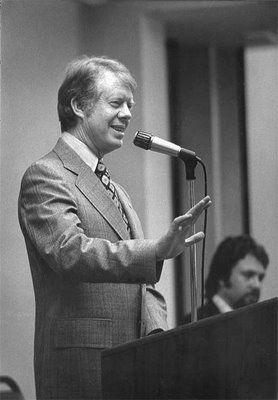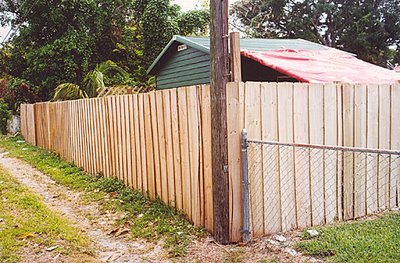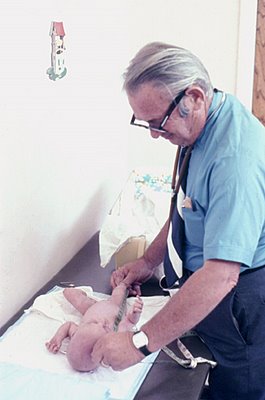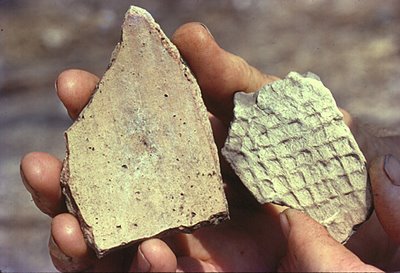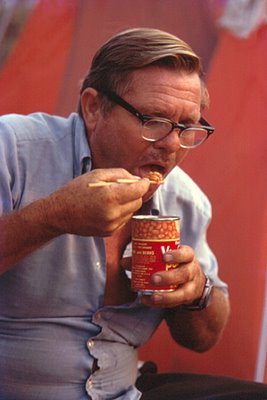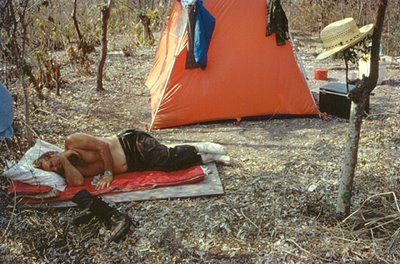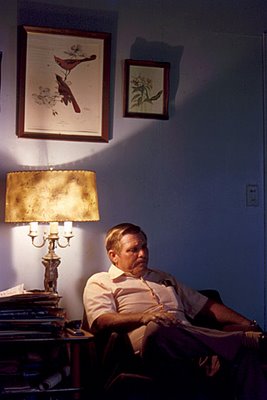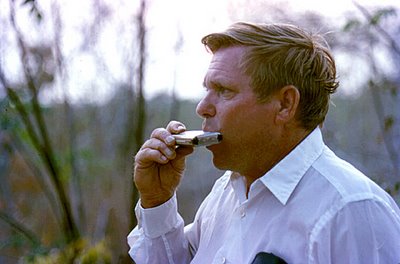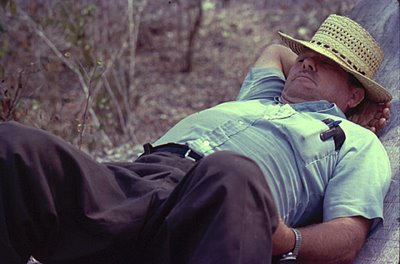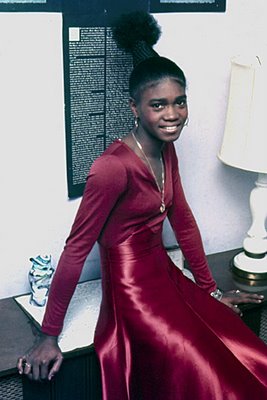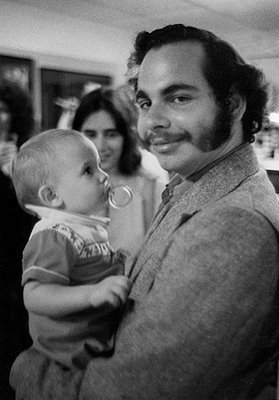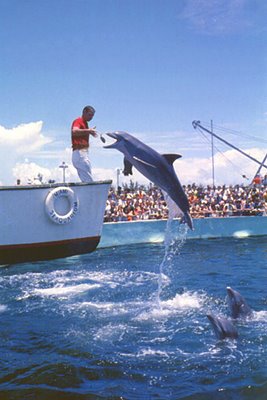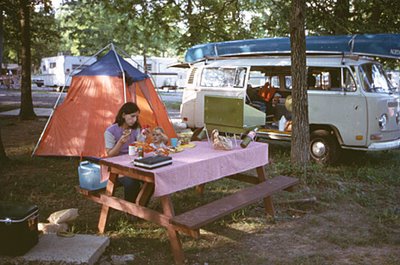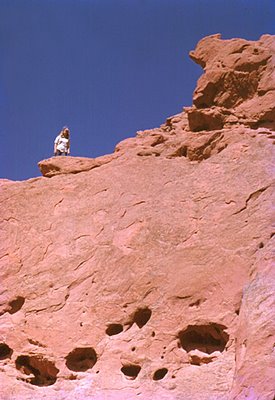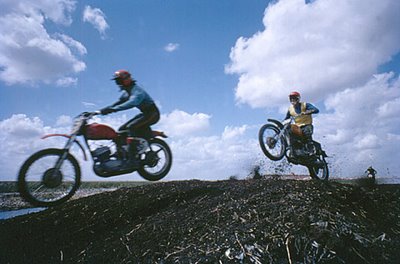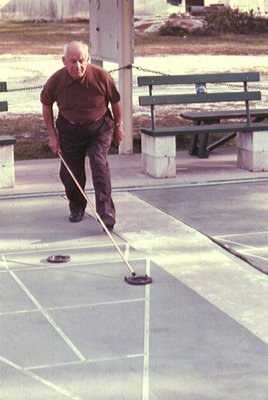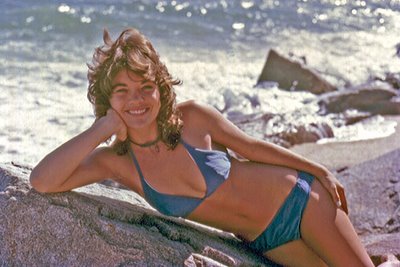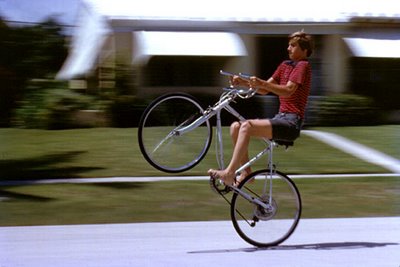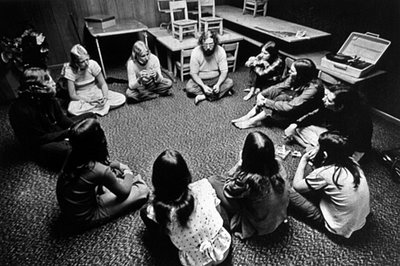Painted White ~ Welcome To Klan Country


Memories fade and Ektachromes fade but sometimes we need to be reminded of the way things were a just a couple of generations ago. In case you can't easily read the sign it says:
YOU ARE IN THE HEART OF KLAN COUNTRY
WELCOME TO NORTH CAROLINA
JOIN THE UNITED KLANS OF AMERICA
That billboard even had lights so you could read it at night. It was located on this run down tobacco farm along U.S. Route 301, which was later replaced by I-95 which followed essentially the same route but bypassed (and mostly killed off) all the small towns along the way. I guess it was in the late 1960's when I shot this photo. Gas stations and restaurants had seperate "White" and "Colored" bathrooms, and blacks could only buy take-out unless they were lucky enought to drive through a town with the colored section on the highway that had a colored restaurant. There weren't many of those.
What I liked about my trips through North Carolina was the price of cigarettes. North Carolina didn't have a state tax on tobacco products. $1.85 a carton was 50 cents cheaper than Florida or Massachusettes. In an era when you could buy a decent sit down lunch for under a buck and a motel was maybe $8 a night you could cover your trip expenses by bootlegging a trunk load of smokes. Everybody did it.
The sad thing is that there are still people who'd like to erect signs like this along the Interstate. The Klan still lives!






